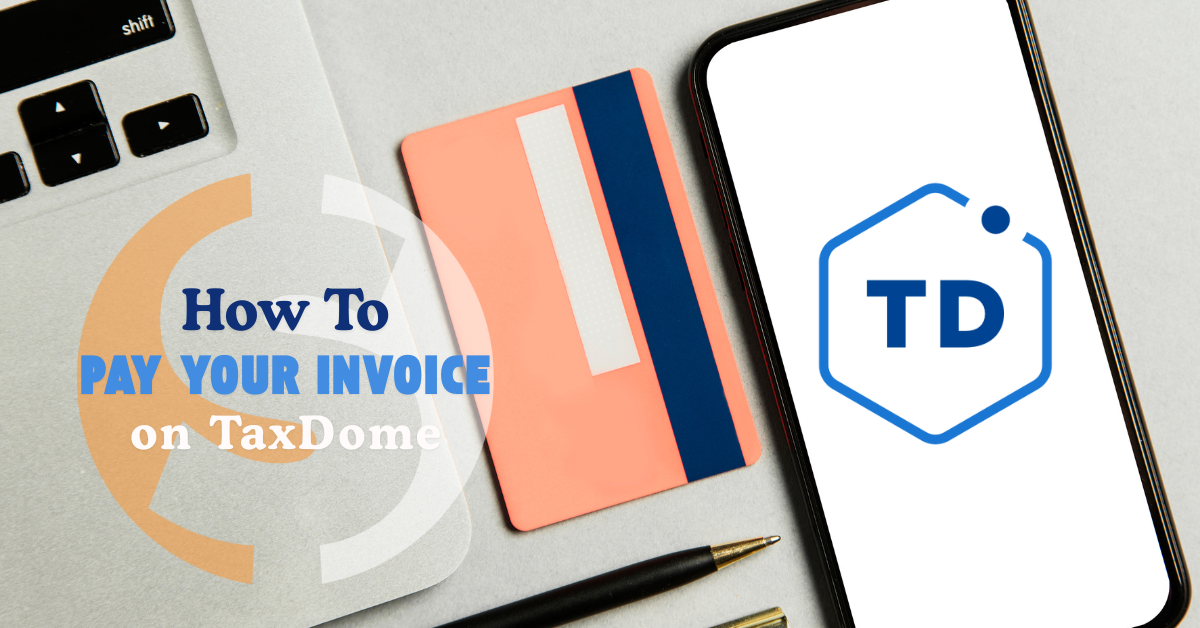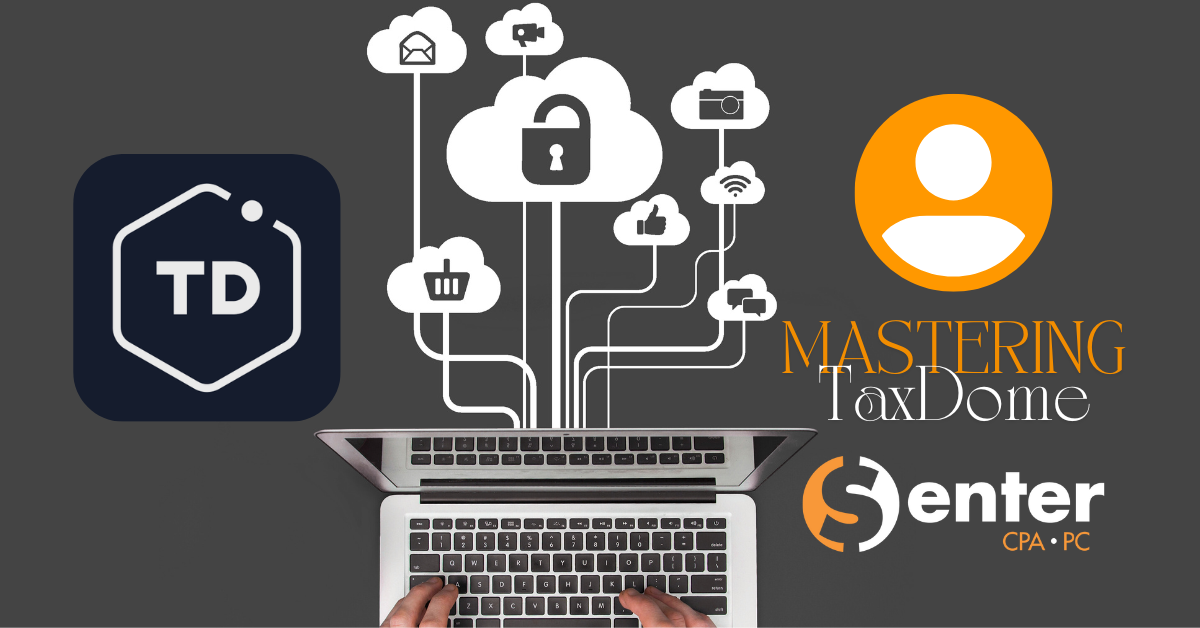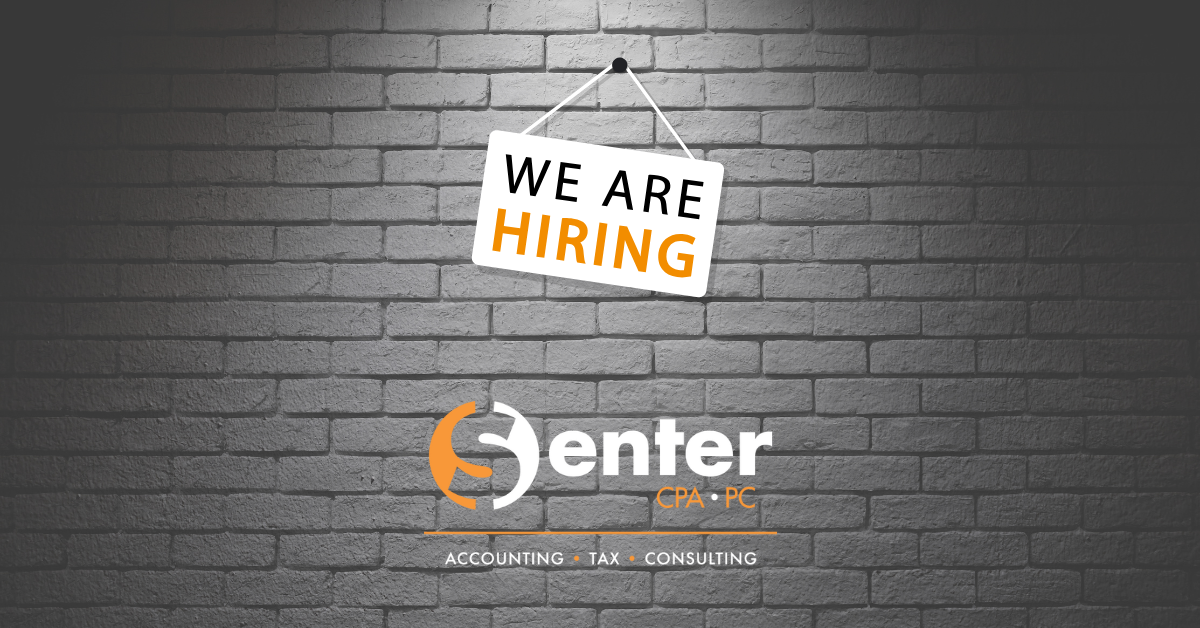It’s important to keep a checklist of items on your financial radar as we approach the close of 2019. Below are 5 simple tax savings strategies, which will protect your financial health and ensure future success as you move into 2020.
The Top 5 Year End Items:
- Speak with your CPA – Consult with your CPA for an annual year end tax projection or planning opportunities. Discussing changes that may have occurred in the calendar year, like marriage and a birth of a child or divorce, allows you to revisit tax withholding and prepare tax calculations accordingly. Your CPA can help you plan for a potential and unexpected tax burden and will give you the opportunity to take advantage of tax deductions before the end of the year.
- Meet with your Financial Advisor (FA) – Having a year end discussion with your investment professional is a crucial means of preparation at the close of the year. Year end tax strategies exist if you are eligible, inclusive of Roth conversions and realization of capital gains and losses. Required Minimum Distribution’s (RMD) must be taken prior to the end of the year, every year, in IRA accounts (Traditional, Inherited, SEP or SIMPLE) and 401(k)’s for those who are aged 70.5 and older. Beneficiary IRA RMD’s are to be taken based upon the original owners date of birth and death, even if the beneficiary is not 70.5 years old. Penalties are steep if RMD’s are not taken. Ideally, your CPA and FA will work closely to monitor your financial situation as a whole.
- Charitable Contributions or Planned Giving – Gifting cash or itemizing donations to individual(s) or a charity could allow tax deductions, decreasing your overall taxable income. RMD’s can be donated to a charity or multiple charities of your choice, if cash flow is not a concern of yours moving into the new year. Planned giving should be discussed with your CPA and FA to determine the most advantageous means of tax deduction, based upon your unique set of circumstances.
- Establish a 529 or Fund a College Saving Plan – A 529 investment plan allows you to save for your child’s college education. The growth in 529 plans are tax-free and qualified withdrawals will not face federal income tax either. The sooner you invest in a 529 for your child or grandchild, the greater the potential for the funds to grow, often times overlapping the cost of inflation.
- Maximize 401(k) Contributions – Ensure that you are putting the most amount of your earnings into your 401(k) plan as possible. The more you contribute to your plan, the greater the tax break or deferral of income. Frequently, employers will match their employees contributions, up until a specific percentage. Not utilizing the employer match is essentially leaving free cash on the table. Speak to your Human Resources Department to make any plan specific changes prior to the new year.
Consulting with your financial professionals is absolutely key to tax advantageous strategies and planning. If you have any questions or concerns relative to your personal situation and potential tax strategy, please contact us HERE or give us a call at 248-934-0550. We would be happy to help.














